All You Need to Know About the Stunning Bhojeshwar Temple
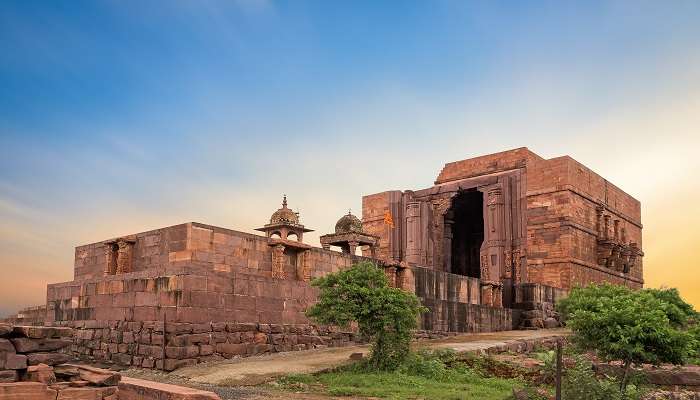
If you’re a Shiva devotee visiting Bhopal, the Bhojeshwar Temple is a must-see. You might know that it attracts devotees in large numbers on Maha Shivaratri, but few know its complete history. In this blog, you will learn everything about the temple from its timings to history to who’s responsible for its maintenance.
Bhojeshwar Temple – A Significant Part of History and Spirituality
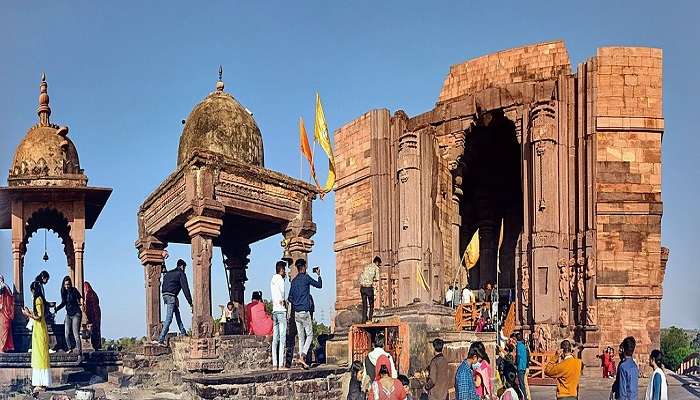
The Bhojeshwar Temple is an ancient temple dedicated to Lord Shiva in the Bhojpur village of Madhya Pradesh, India. One of the greatest highlights of the temple is the 7.5-foot (2.3 m) Shivling crafted out of a single rock and lying on a 21-foot (6.4 m) platform. The temple itself is on a platform measuring 115 feet (35 m) in length, 82 feet (25 m) in width, and 13 feet (4 m) in height.
It was built by Raja Bhoj during the 11th century. He ruled from 1010 to 1055 CE, and his kingdom was centred around the Malwa region in Central India. His capital city was Dhara-nagara (present-day Dhar in Madhya Pradesh). A fun fact about him is that he was mentioned in the 1998 hit Hindi song, “Kaha Raja Bhoj Kahan Gangu Teli.”
Must Read: Hindu Temples in Tamil Nadu
Bhojeshwar Temple History
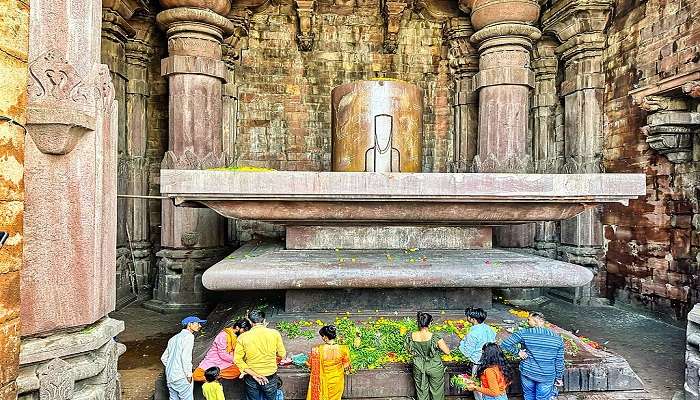
As previously mentioned, the temple is believed to have been constructed during the 11th century on the banks of the Betwa River. Originally, the temple stood on the banks of a reservoir formed by constructing 3 dams. The first dam was built on the Betwa River while the second was located near the present-day Mendua village. The third dam diverted water from the Kaliasot River into the Betwa Dam reservoir. It can be found in present-day Bhopal.
At this point, it should be mentioned that despite all its great features, it’s still an incomplete temple. While it’s unknown why the construction was never completed, historians have made a few guesses. They believe it could have been due to natural disasters, insufficient resources, or a war. By 1950, the temple’s structure had become weak due to rainwater percolation and the removal of stone veneers. The following year, in 1951, it was handed over to the Archaeological Survey of India (ASI) under the Ancient Monuments Preservation Act, of 1904.
Things to Do at Bhojeshwar Temple
1. Explore the Architecture of the Temple
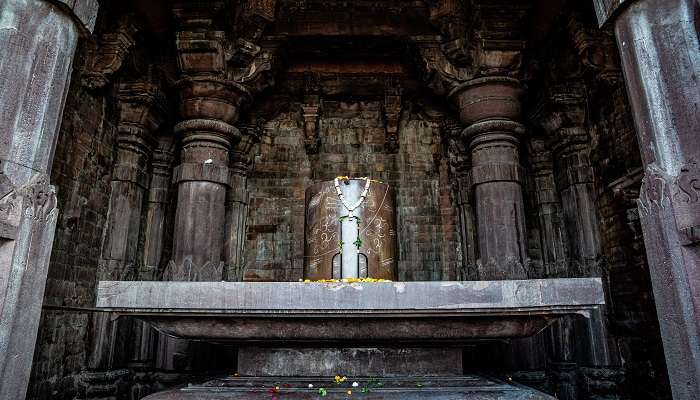
The Shivling is among the greatest highlights of the temple. The Shivling is found inside the sanctum and the doorway to the sanctum is 33 feet (10 m) high. Interestingly, the wall at the entrance has sculptures of apsaras, ganas (attendants of Shiva), and river goddesses. Other deities featured in the temple include Shiva-Parvati, Brahma-Shakti, Rama-Sita, and Vishnu-Lakshmi.
Returning to the architecture, the temple has no windows and the walls are made of sandstone. What it does have are 3 balconies that rest on huge brackets. However, these balconies are there purely for aesthetics. For drainage of the liquid used to bathe the Shivling, the northern wall has makara-pranala. The dome is supported by 4 pillars, each measuring 39.96 feet (12.18 m) in height. It once had a proper sloping ramp, evident from the remnants on the building’s north-eastern corner. The ramp is 300 feet (91 m) long and is built of sandstone slabs.
Suggested Read: Temples In Chitrakoot
2. Attend the Mahashivratri Festival
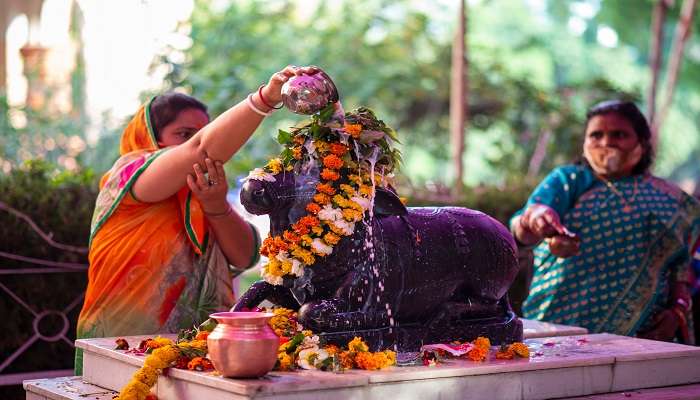
It’s tough to leave out the festival of Maha Shivaratri when thinking about the best time to visit the monument. It not only attracts thousands of devotees on the day of the festival but also the Bhojpur Cultural event, which is organised at the site every year at that time. The Government of Madhya Pradesh organises this event. Several popular celebrities have performed at the event over the years, including the popular Indian singers Kailash Kher, Richa Sharma, and Sonu Nigam.
3. Learn More About the Temples Conservation and Restoration

It was previously discussed how the temple had become structurally weak by 1950 and was handed over to the Archaeological Survey of India (ASI), the next year. By 2023, the agency had made multiple changes. In the early 1990s, the ASI repaired the platform’s steps and the sanctum. During 2006-07, the restoration of the temple was done by the ASI team supervised by Indian archaeologist, KK Muhammed. They added a 12-tonne pillar which was carved from a single stone.
The team ensured that the pillar matched the style of the monument. It wasn’t easy for the team to find the material originally matching the stone used in the temple. However, they did find it eventually near Agra. When they did find the monolith, they were unable to get a crane with an appropriately long boom. Eventually, they did lift by using a system of pulleys and levers, which took 6 months to form.
Rainwater percolation was a major reason behind the structure of the temple getting weaker. To fix that, the agency closed the ceiling with a fibreglass component. The component is lighter than the original one, thus reducing the chances of further damage. Additionally, they used slanting stone slabs to prevent rainwater from getting in. Moreover, they placed stone veneers on the walls that matched the original ones.
Suggested Read: Meenakshi Temple
4. Visit the Bhojeshwar Temple Museum
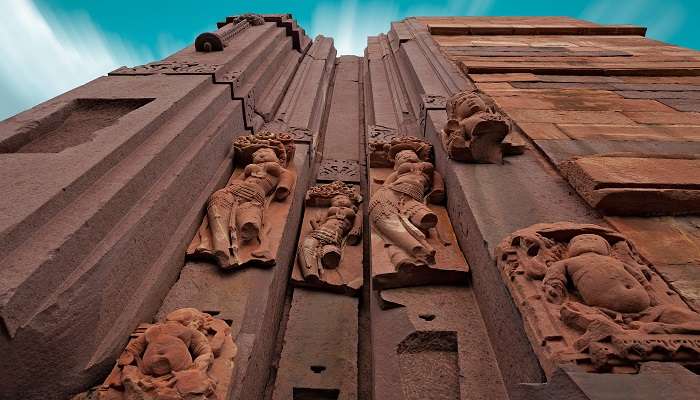
If you’re curious to learn about the history of the monument via posters and sketches, you shouldn’t miss the Bhojeshwar Temple Museum. It is located just 200 metres away from the monument and it describes the reign of Raja Bhoj and the important books written by him. Just like the main temple, there is no entry fee for the museum, as well. People can visit the museum between 10 AM and 5 PM.
Suggested Read: Temples In Kumarakom
How to Reach Bhojeshwar Temple
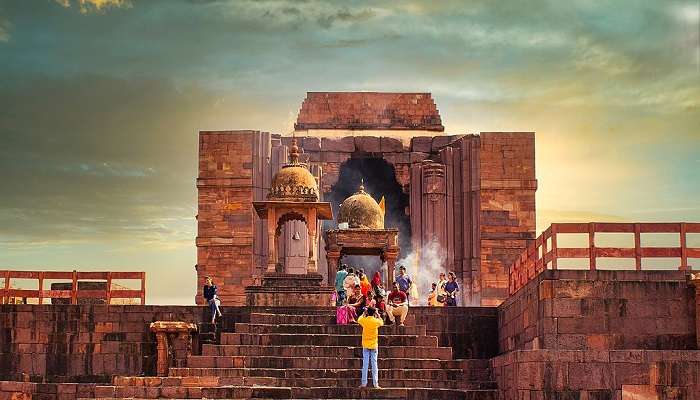
The Bhojeshwar Temple is located in the Bhojpur village of Madhya Pradesh. While it isn’t exactly located in Bhopal, it is only 30 km away from it. Most people who come to visit this wonderful temple, book their hotels in Bhopal. They then travel from their respective hotels to the temple and then return at night. At this point, the timing of the temple should be mentioned.
Bhojeshwar Temple Timings
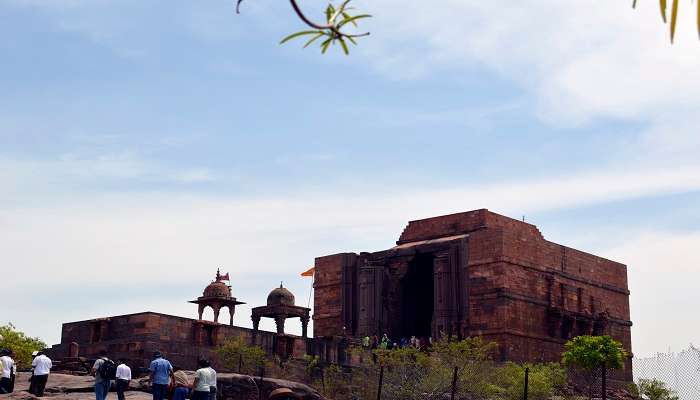
The Temple is open from Tuesday to Saturday from 6 am to 7 pm, while it is closed on Mondays. Coming to fees, there are no entry fees, even though many claim that there’s an entry fee. However, you will have to bear parking fees. A parking fee of INR 30 is charged for a cab or car.
Now that there has been so much talk about the location and timings of the temple, you might wonder which are the best months to visit it.
For an ideal experience, you should visit the Bhojeshwar Temple between October and April. If you’re planning to go there during the summer, it’s advisable to visit it in the early hours or around 3 pm. By doing that, you will not only save yourself from excessive heat but also have enough time to explore the temple.
Further Read: Temples in India
The Bhojeshwar Temple is proof of excellent architectural prowess and it continues to be celebrated even today. Even though it’s incomplete, it doesn’t stop devotees from visiting the temple in search of spiritual peace. So, the next time your heart longs for spiritual connection, do remember the Bhojeshwar Temple deserves your consideration. So on your next trip to Madhya Pradesh , prepare for a memorable vacation with your family.
Disclaimer: For our editorial codes of conduct and copyright disclaimer, please click here.
Cover Image Source: Shutterstock
Frequently Asked Questions About Bhojeshwar Temple
In which district is Bhojeshwar Temple?
The Bhojeshwar Temple is located in the Raisen district of Madhya Pradesh.
Why is Bhojeshwar Temple famous?
The Bhojeshwar Temple, which is also known as the Somnath of the East, is famous for having one of the Shivlings in India. It lies on a 115-foot (35 m) long platform while the height of the Shivling is 7.5 feet (2.3 m) high. What is also pretty unique about the temple is that it is incomplete. It is dedicated to Lord Shiva and it attracts thousands of visitors on Maha Shivaratri.
Why is Bhojeshwar Temple incomplete?
One of the major charms of Bhojeshwar Temple is that it’s incomplete. However, there’s no clear answer available as to why it’s complete. Some locals believe that Raja Bhoj wanted to build the temple in one day. As he wasn’t able to achieve that, it was left incomplete. Some historians guess that it was due to natural disasters, insufficient resources, or a war.
How old is the Bhojpur Temple?
It’s believed that the construction of the Bhojeshwar Temple (also sometimes referred to as Bhojpur Temple) began in the 11th Century. Therefore, it’s safe to say that the aforementioned historical monument is about 1000 years old.
Who was the King of Bhojpur?
Raja Bhoj was the King of Bhojpur. Hence, the village of Bhojpur is named after him. He ruled from 1010 to 1055 CE and his kingdom was centred around the Malwa region in Central India. In his glory days, his kingdom extended from Chittor in the north to upper Konkan in the south, and from the Sabarmati River in the west to Vidisha in the east.
What is the Bhojeshwar Temple history?
The Bhojeshwar Temple is located in Bhojpur village of Madhya Pradesh and is dedicated to Lord Shiva. It was built by Raja Bhoj during the 11th Century. Possibly its greatest highlight is its giant Shivling. Although it is incomplete, it is an example of great architectural work and it attracts Shiva devotees from all over India.
People Also Read:
Enchanting Temples in Sydney Mesmerising Temples in Turkey Best Temples in Mauritius

Experience the world through captivating stories of adventure and travel. As a senior content writer, I bring my passion for exploration to life, crafting tales that take you on a journey. With my words, you’ll feel the thrill of discovery and the joy of experiencing new cultures. Let me turn your imagination into a reality with stories that inspire you to explore and embrace the world.











